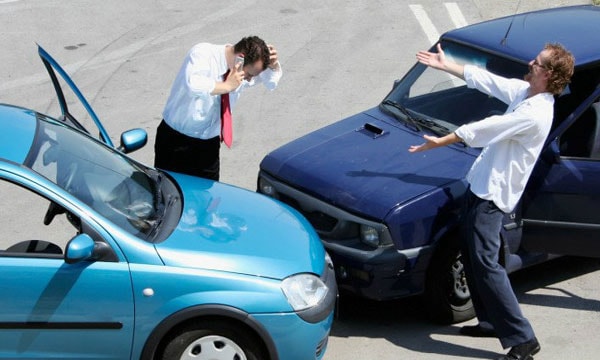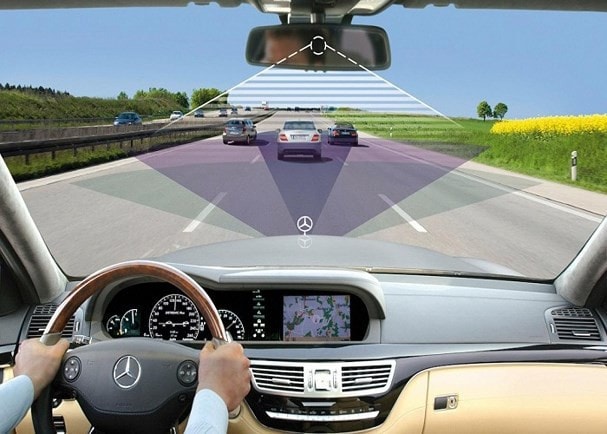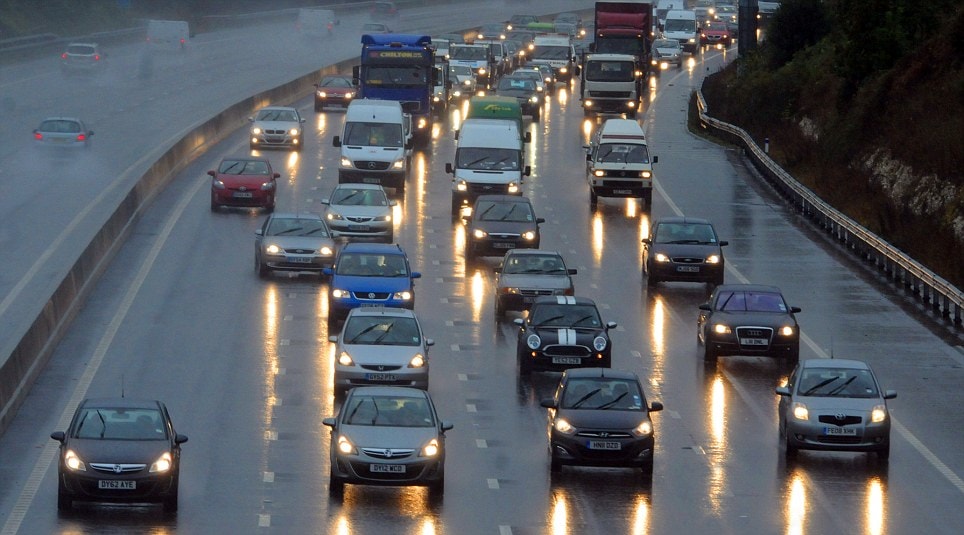How to calculate safe space when driving a car
(Baonghean.vn) - Not keeping a safe distance from the vehicles in front is one of the causes of traffic accidents when the driver's vision is limited... Below are ways to keep a reasonable distance when driving a car.
 |
1. Create a safe space ahead
The safe distance ahead should be greater than the distance the car travels from the moment the driver perceives the danger and intends to stop until the car comes to a complete stop. It takes about 3/4 of a second for the driver to observe and make the decision to stop. Add the same amount of time for you to apply the brakes. From this point on, the car begins to decelerate.
According to experts, a safe distance from the vehicle in front is equivalent to the distance the car travels in 2 seconds in good weather and road conditions. It will increase to 3 seconds if driving on the highway, 4 seconds when driving in bad weather, uneven or slippery road surfaces. Calculate the time interval at least 3 seconds if the visibility ahead is limited.
2. Measure the 3-second gap
 |
Select a fixed landmark object across the front vehicle at the time you want to measure. Mentally calculate the addition of "1000+1; 1000 + 2; 1000 + 3".
If the reference object is level with the car when reading "3" it means the distance to the car in front is 3 seconds.
3. Safety clearance on both sides
 |
In normal driving you will need at least 1 meter of space on each side. Increase this distance as much as possible when driving at high speeds, when visibility is limited or when passing pedestrians or cyclists.
4. Align the space behind
It is not possible to control the space behind in this way. The solution when having to stop is to slow down gradually, giving the car behind time to react. Another option is to change lanes, or pull over to let the car behind pass.
5. Vehicle position in lane
 |
With cars on two-way roads, move close to the center line, this will limit other cars from "invading" the lane you are in.
When in the edge lane, be aware of hazards on the side such as other car doors that may open. In most cases, drive in the center of the lane.
Avoid driving into other vehicles' blind spots. If you need to pass, do so quickly. On multi-lane roads, the right lane is usually safer than the left. Always stay in your lane when approaching red lights.
6. Choose a safe space
 |
The space required for a vehicle to safely cross an intersection or merge into traffic is called a clearance. In reality, having a large enough clearance to ensure safety is not always easy. When choosing a clearance, it is necessary to evaluate the following factors: traffic speed, driver's operating time, and acceleration time for the vehicle to reach the speed of the traffic flow.
If stopped at a red light, under ideal conditions most vehicles need 2 seconds to go straight, 5 seconds to turn right and reach 50 km/h, and 7 seconds to turn left and reach 50 km/h.

